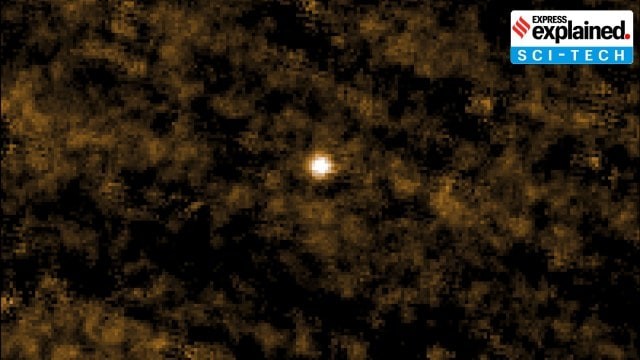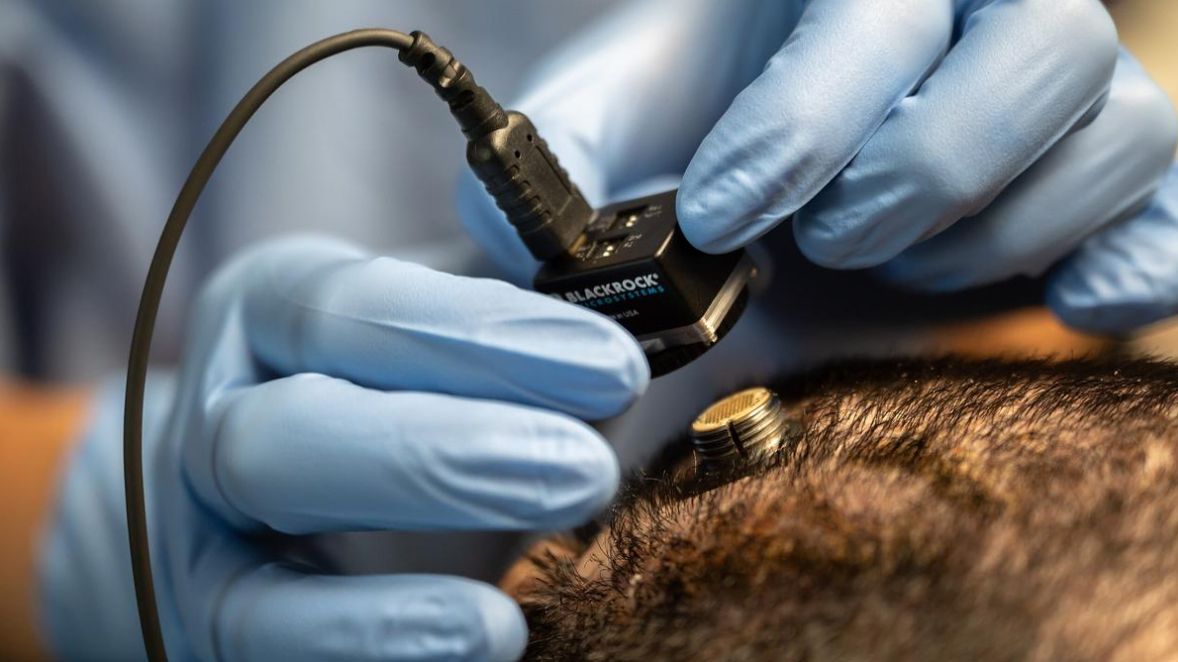Description

Source: Hindu
Disclaimer: Copyright infringement not intended.
Context
- Scientists at the Institute of Advanced Virology (IAV) in Thiruvananthapuram have developed a novel technique for generating non-infectious Nipah virus-like particles (VLPs).
- This breakthrough enables crucial tests for vaccine and therapeutic development to be conducted in biosafety level-2 (BSL-2) labs, a significant improvement from the previous requirement of biosafety level-4 (BSL-4) labs.
Details
Importance of the New Method
- Enhanced Safety: The newly developed Nipah VLPs mimic the wild type Nipah virus but are non-infectious, allowing research in BSL-2 labs.
- Research Accessibility: This method reduces the biosafety risk and logistical challenges, making research more accessible and less resource-intensive.
Characteristics of Nipah Virus-Like Particles (NiV-VLPs)
- Structure and Components: NiV-VLPs are produced using plasmid-based expression systems that encode the structural proteins G (glycoprotein), F (fusion protein), and M (matrix protein) of the Nipah virus.
- HiBiT Tag: The inclusion of a highly sensitive HiBiT tag, an 11 amino acid peptide, on these VLPs enhances their utility in quantitative assays.
Applications
- Antibody Neutralization Studies: NiV-VLPs can be used to conduct virus neutralization assays in BSL-2 labs, crucial for developing and evaluating vaccines and therapeutics.
- Vaccine Development: These VLPs serve as a safe and effective platform for developing neutralizing antibodies and anti-virals.
- Basic Research: Facilitates studies into the immune response and pathogenesis of NiV without the need for high-level biosafety containment.
Advantages of the New VLPs
- Non-infectious: Lack of viral genetic material makes them safe to handle.
- Functional and Morphological Mimicry: These VLPs closely resemble the native virus in both structure and function.
- Reduced Biosafety Requirements: Can be handled in BSL-2 labs, greatly expanding the scope of research.

Virus-Like Particles (VLPs)
- Virus-like particles (VLPs) are molecular structures that resemble viruses but lack viral genetic material. This makes them non-infectious while retaining the ability to induce strong immune responses.
- Structure: VLPs typically consist of viral proteins that self-assemble into structures mimicking the morphology of actual viruses. They can be spherical, icosahedral, or filamentous in shape.
Composition and Formation
- Proteins: VLPs are composed mainly of viral capsid or envelope proteins. These proteins have the inherent ability to self-assemble into particles.
- Expression Systems: VLPs are produced using various expression systems, including:
- Bacterial Systems: Often used for simple and cost-effective production.
- Yeast Systems: Provide post-translational modifications.
- Insect Cell Systems: Using baculovirus vectors for high-yield production.
- Mammalian Cell Systems: Offer complex post-translational modifications and proper protein folding.
- Plant Systems: Emerging as cost-effective and scalable platforms.
Applications of VLPs
- Vaccines:
- Prophylactic Vaccines: VLPs can present viral antigens in their native conformation, making them effective for vaccine development. Examples include vaccines for HPV (Human Papillomavirus) and HBV (Hepatitis B Virus).
- Therapeutic Vaccines: VLPs are being explored for cancer immunotherapy and chronic infections.
- Diagnostic Tools: VLPs can be used as antigens in diagnostic assays to detect antibodies against specific viruses.
- Nanotechnology and Drug Delivery: VLPs can be engineered to carry therapeutic agents or to serve as scaffolds in nanotechnology applications.
Advantages of VLPs
- Safety: As they lack genetic material, VLPs cannot replicate, ensuring safety.
- Immunogenicity: VLPs can elicit strong immune responses due to their size and repetitive surface structures.
- Versatility: Can be engineered to display epitopes from various pathogens.
Challenges and Limitations
- Production and Purification: The yield and purity of VLPs can vary depending on the expression system and production conditions.
- Stability: Maintaining the stability of VLPs during production, storage, and transport can be challenging.
- Cost: The cost of production, especially in mammalian systems, can be high.
Case Studies
- HPV Vaccines: The development of VLP-based vaccines like Gardasil and Cervarix has significantly reduced the incidence of HPV-related diseases.
- HBV Vaccines: VLP-based Hepatitis B vaccines have been instrumental in reducing global HBV infections.
- Emerging Infections: Research is ongoing for VLP-based vaccines for Zika, Chikungunya, and other emerging viral threats.
Sources:
Hindu
|
PRACTICE QUESTION
Q. Virus-like particles represent a versatile and powerful tool in modern medicine, particularly in vaccine development and diagnostic applications. Examine. (250 Words)
|











